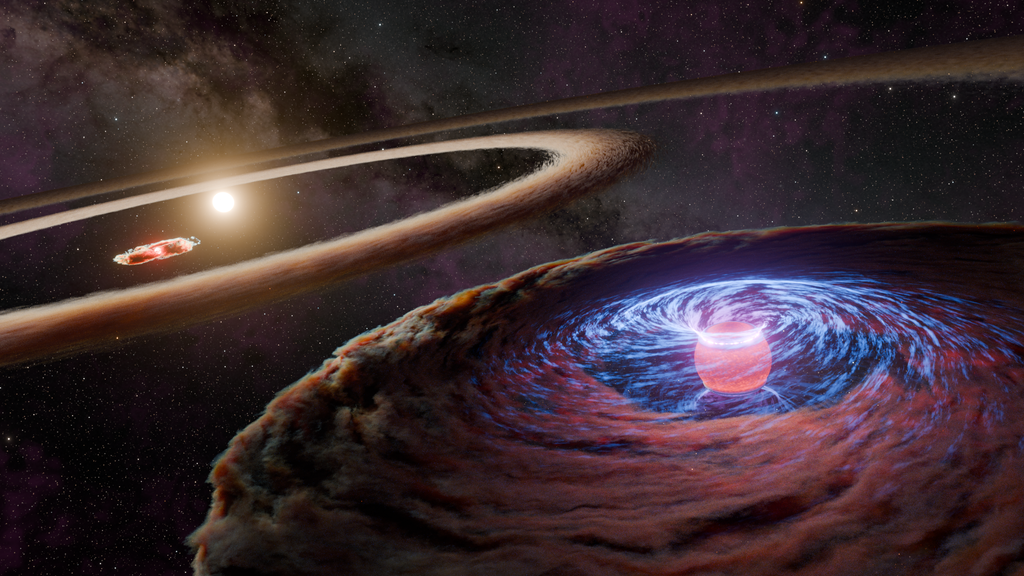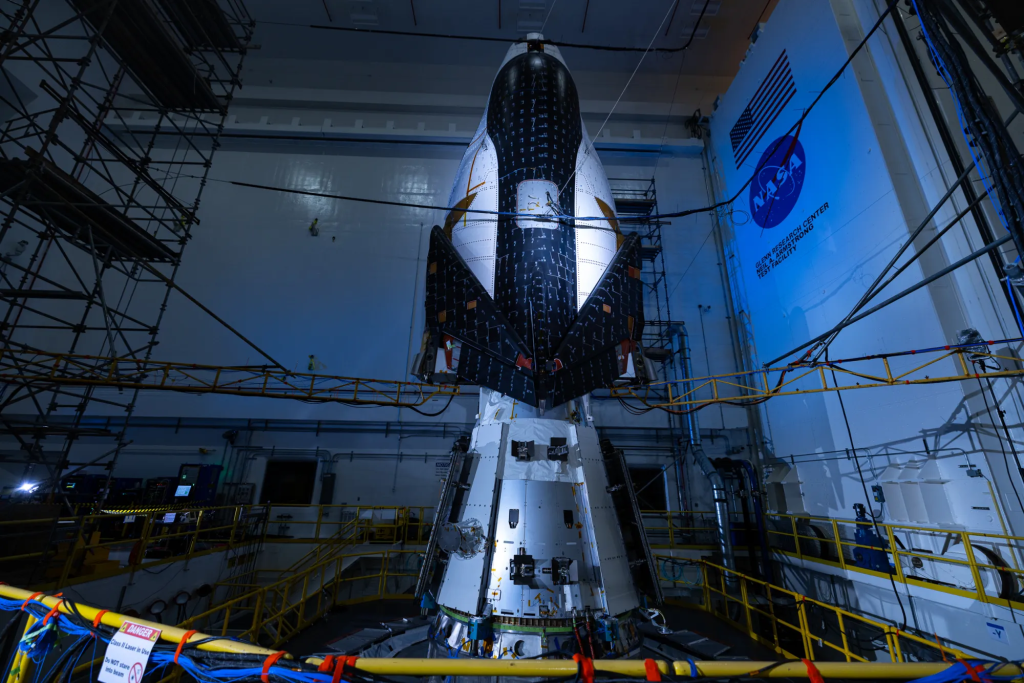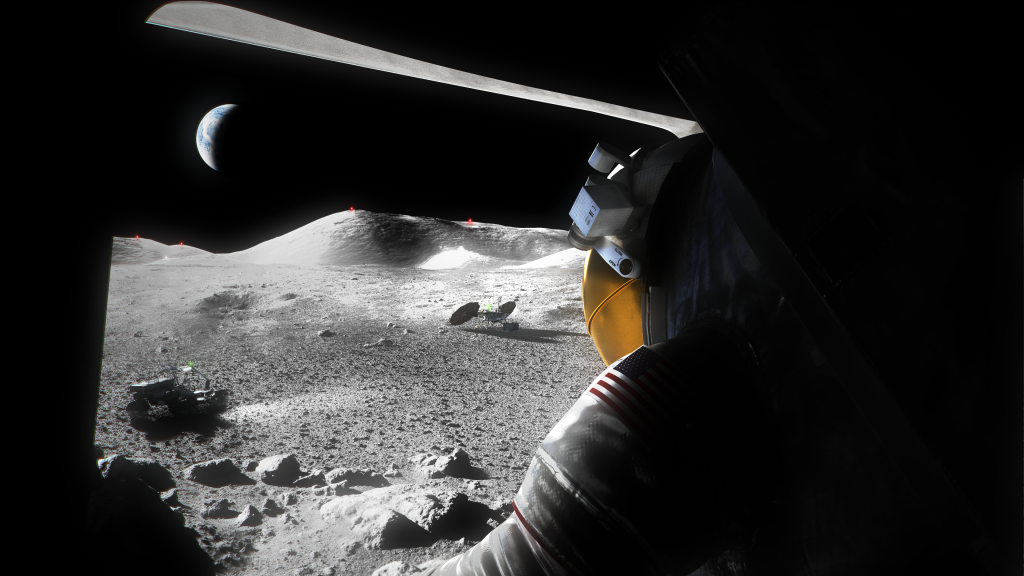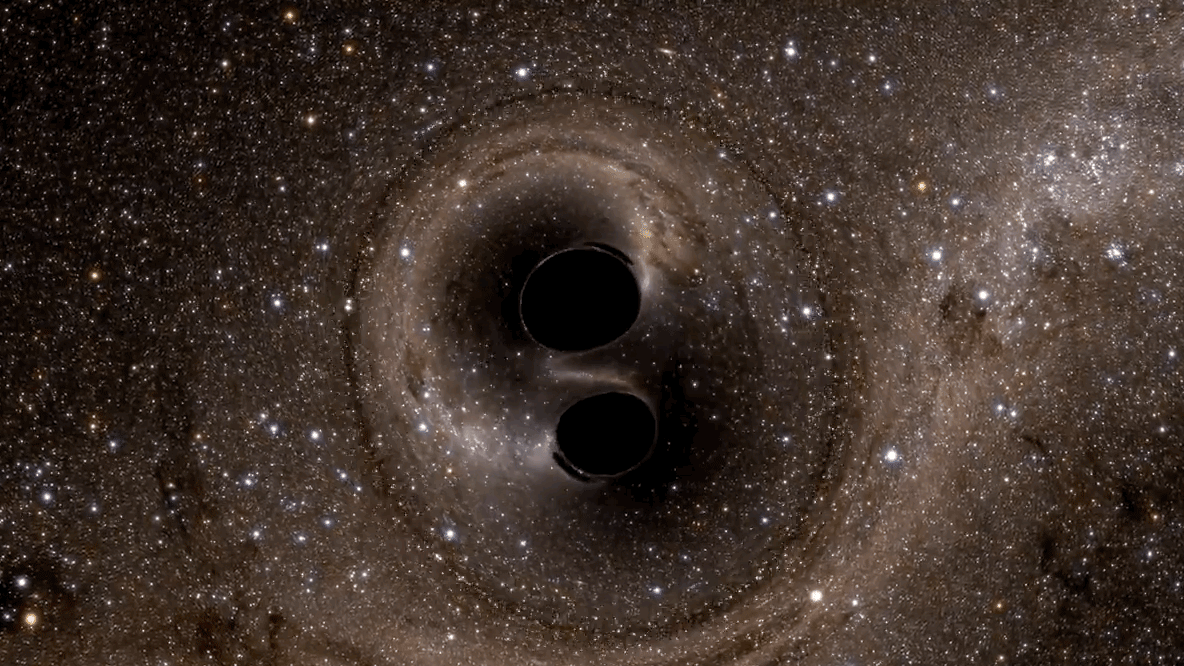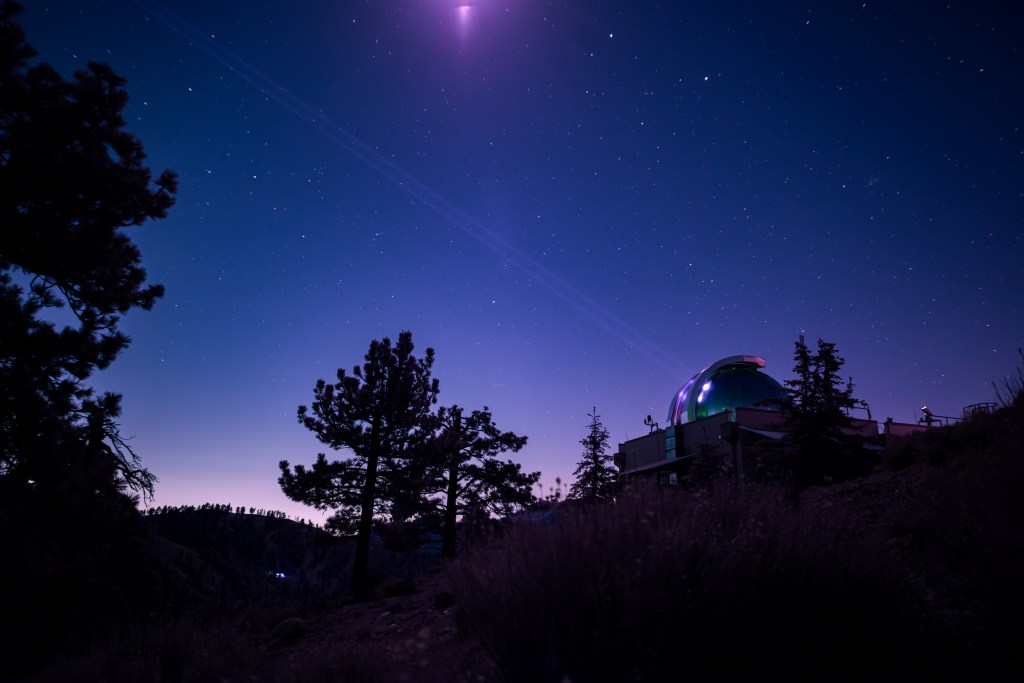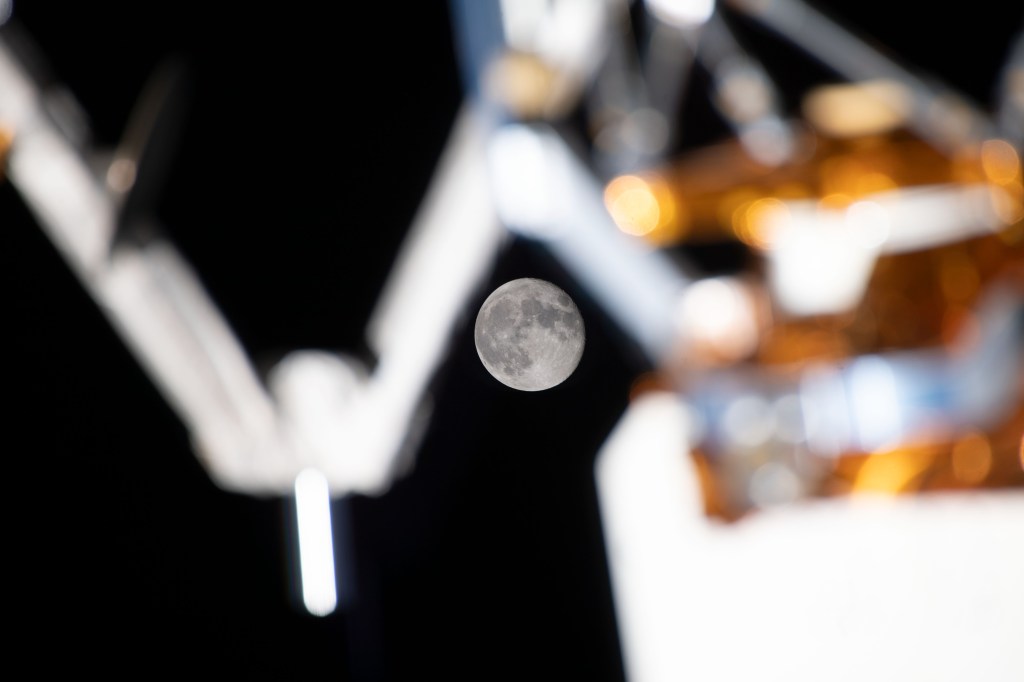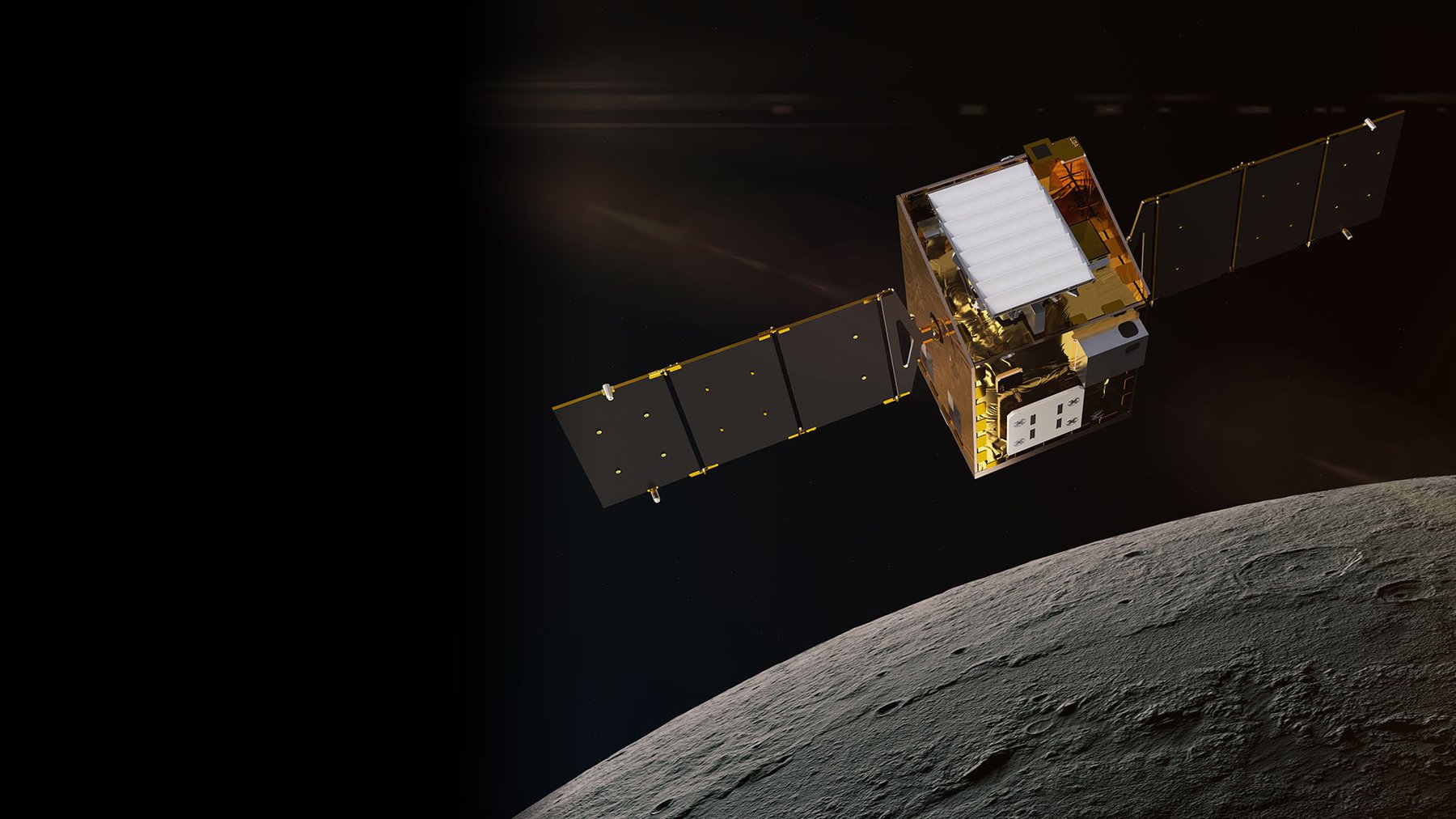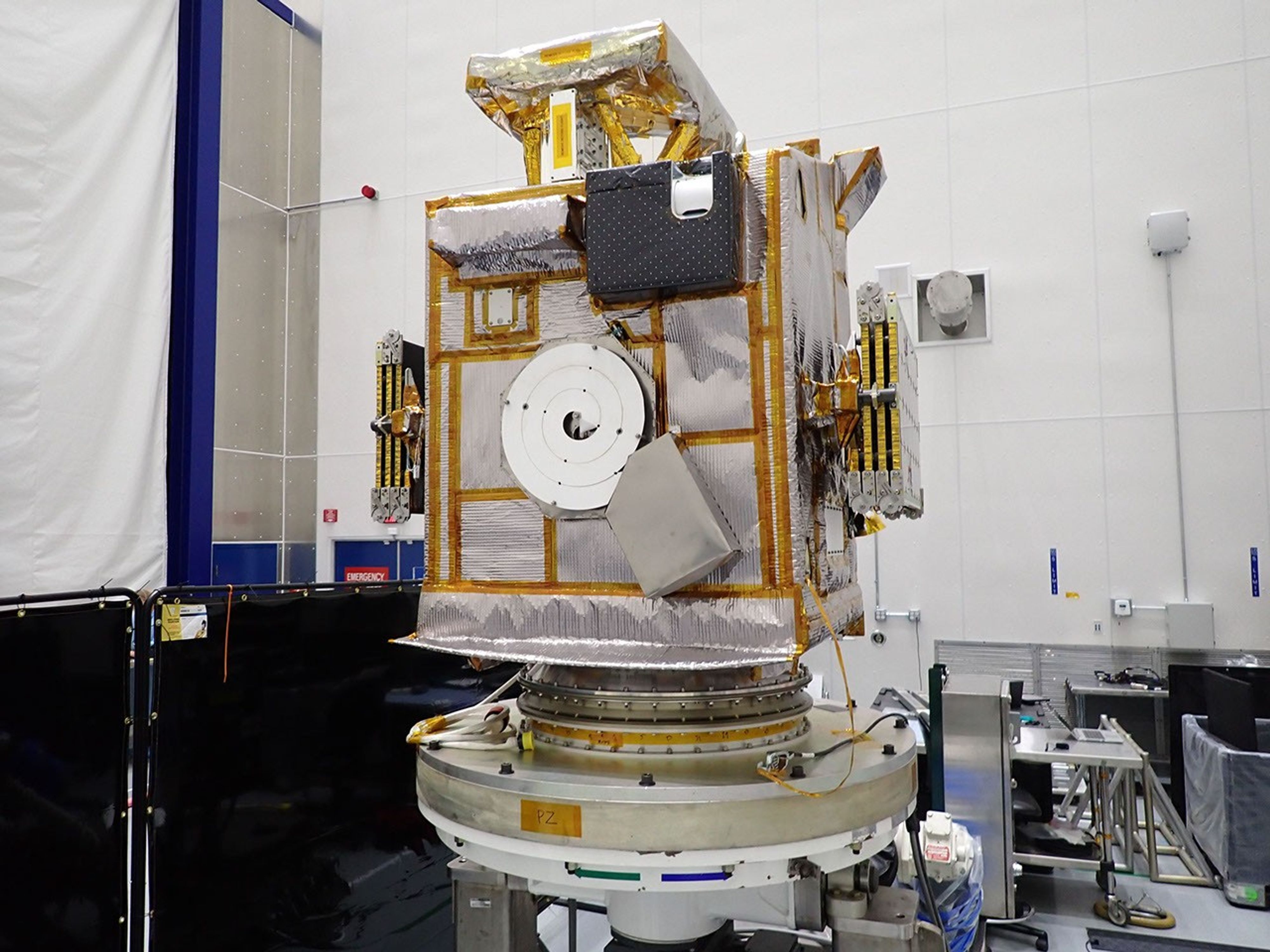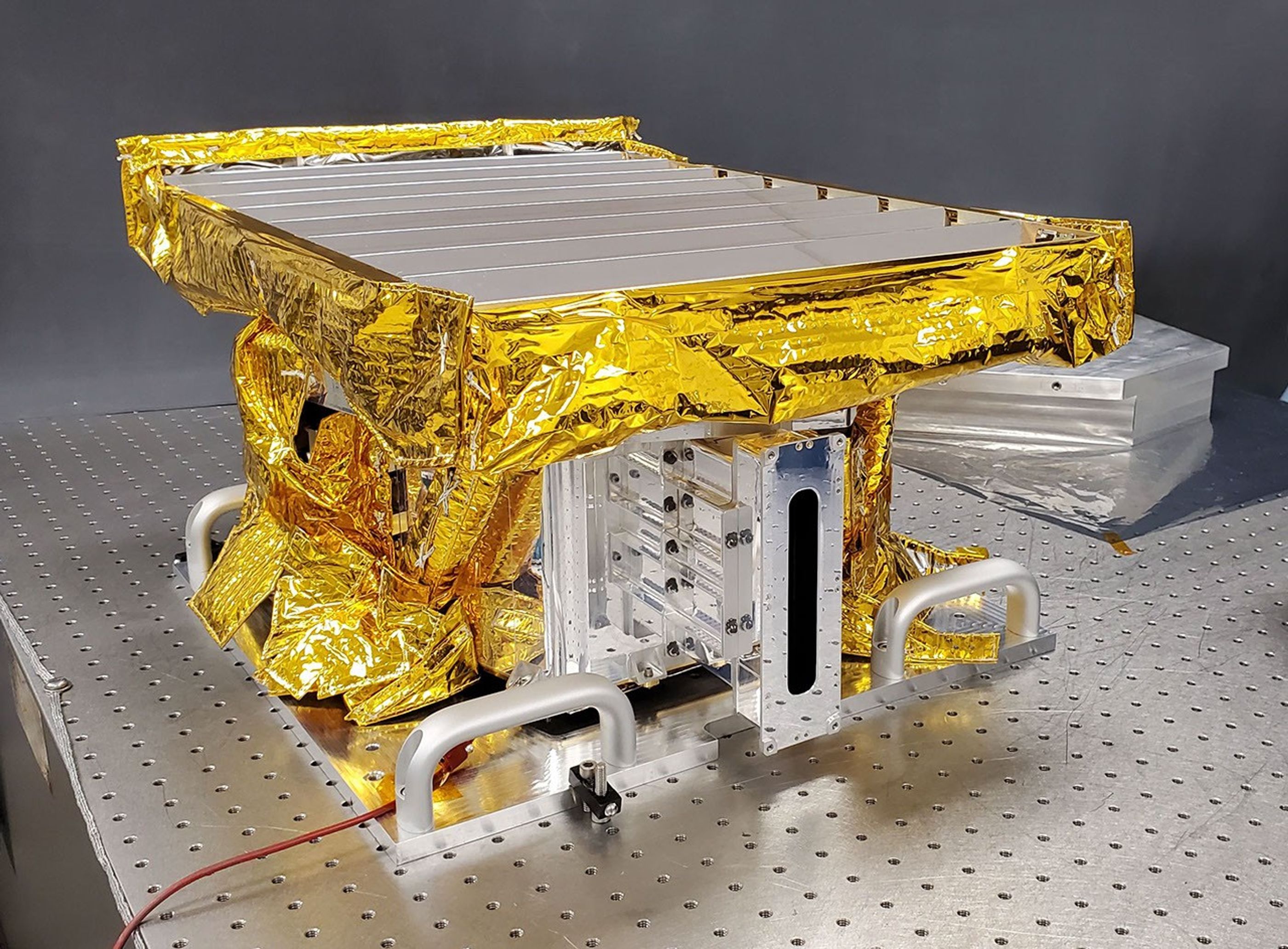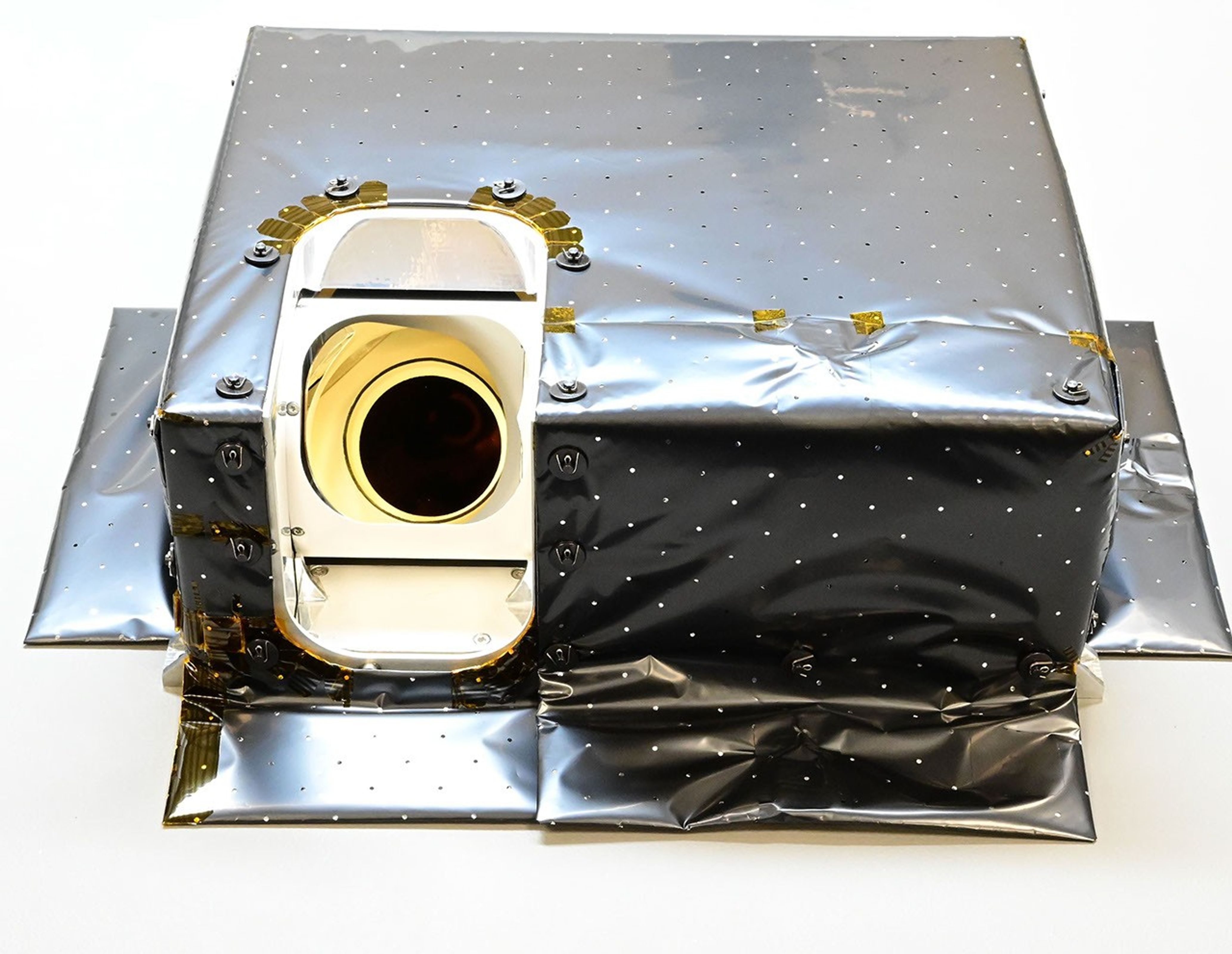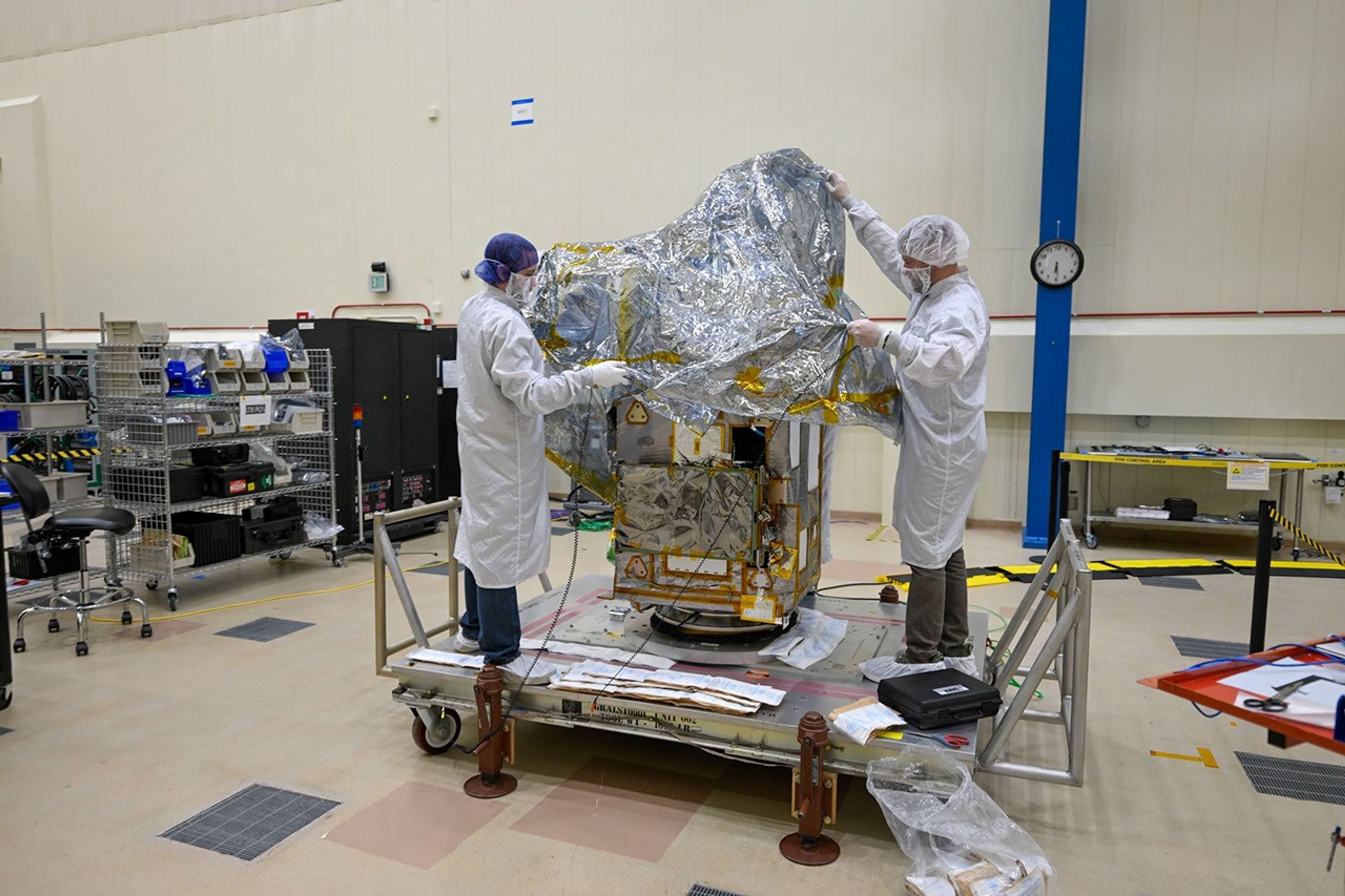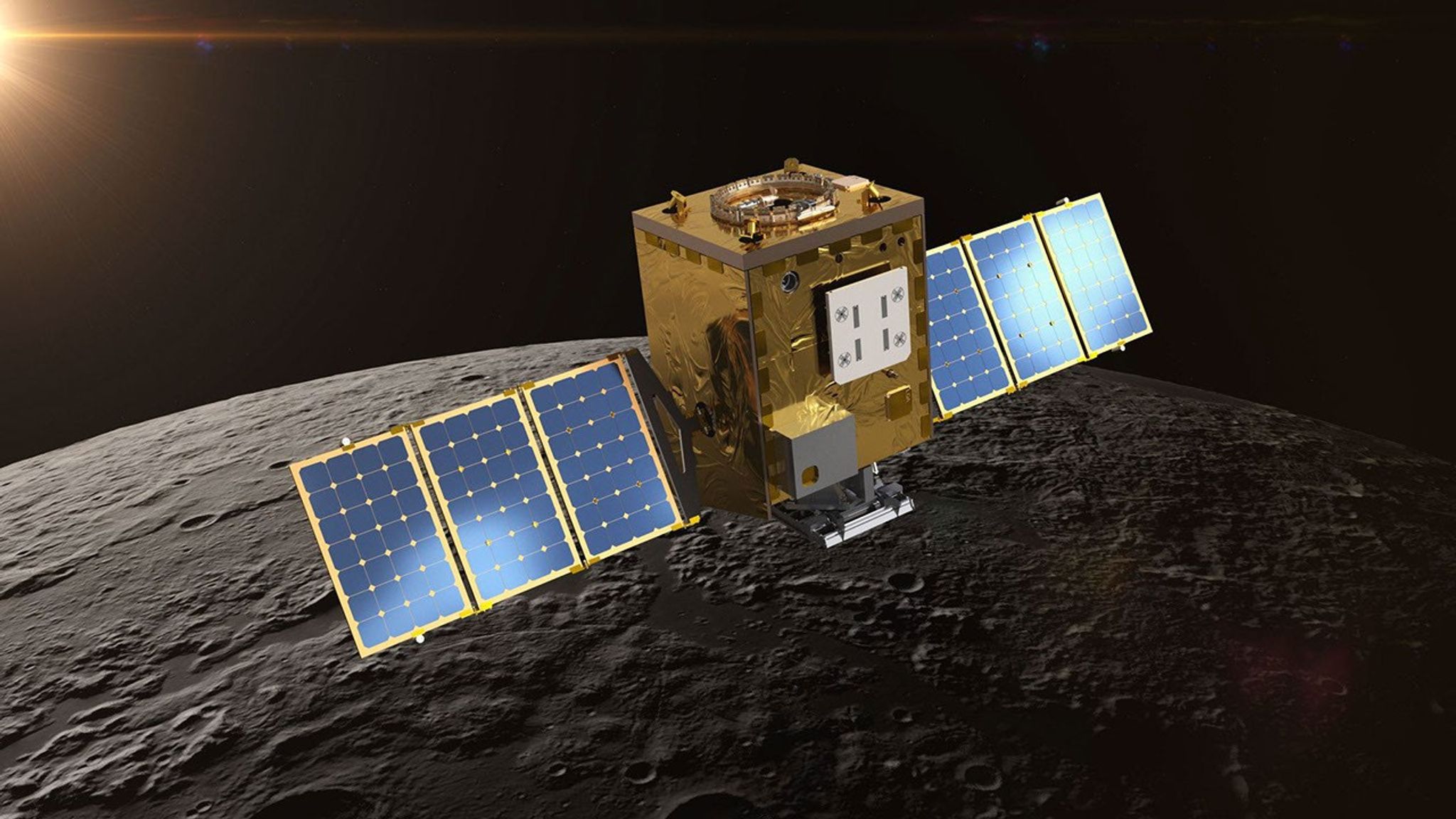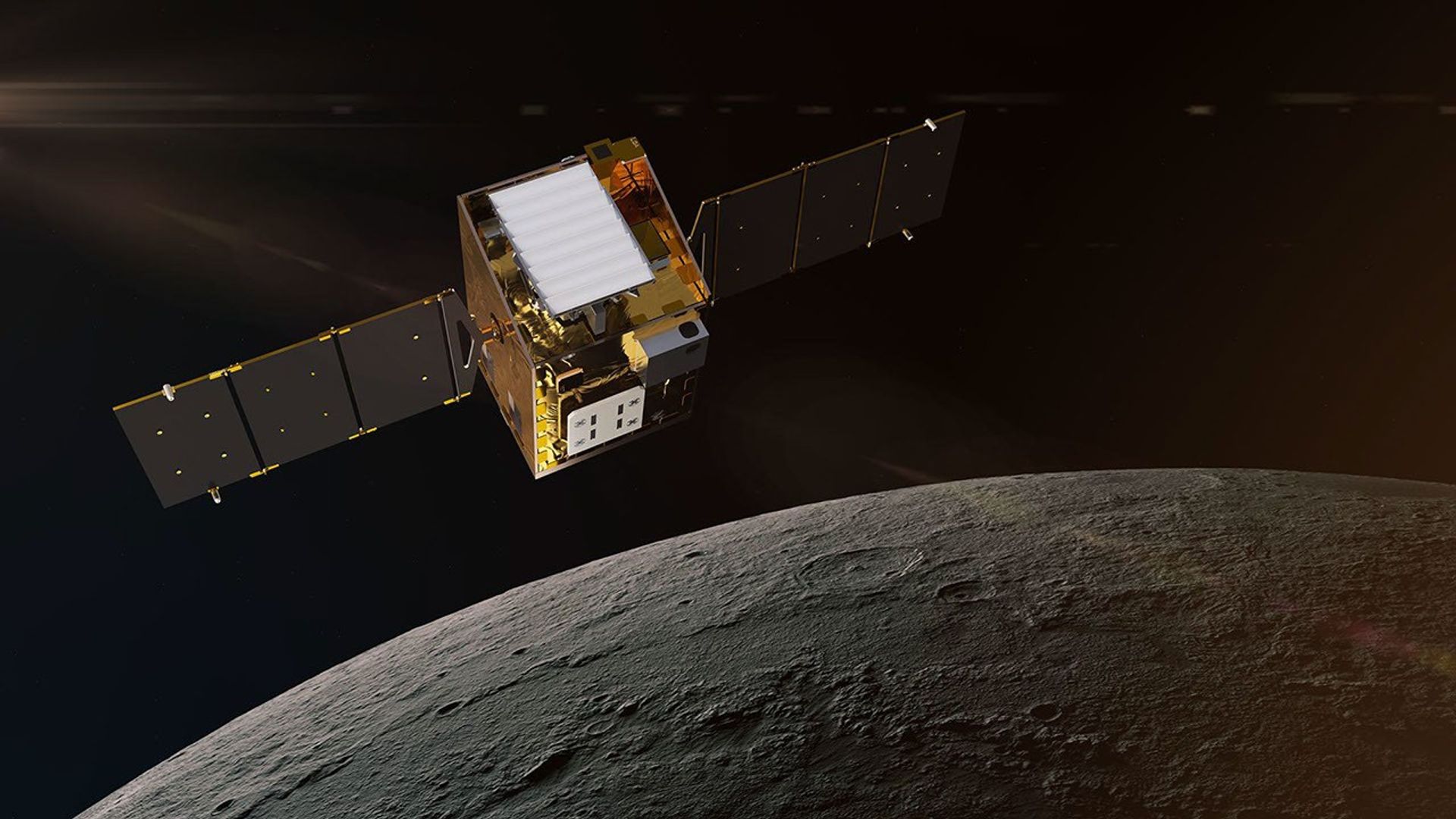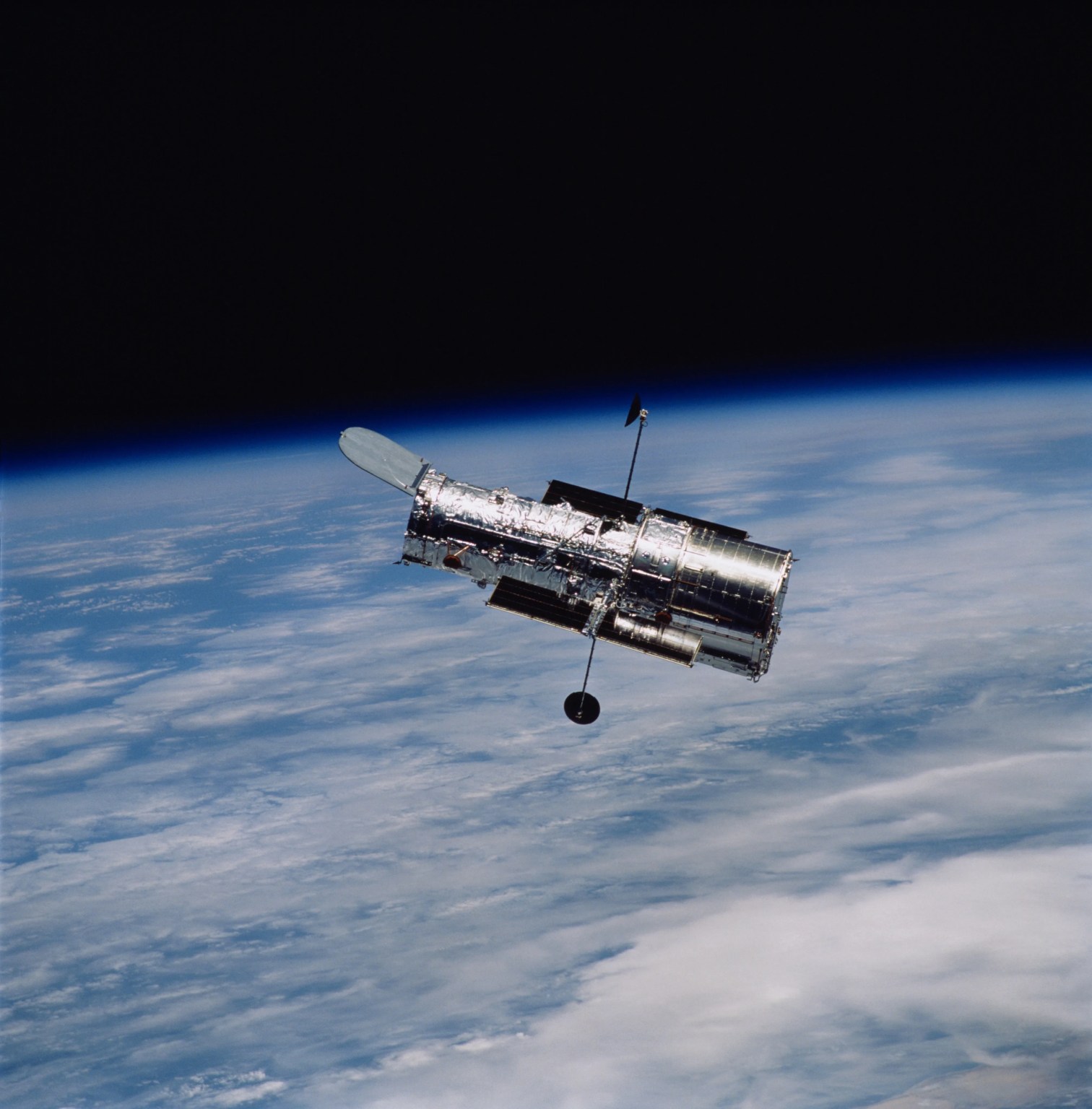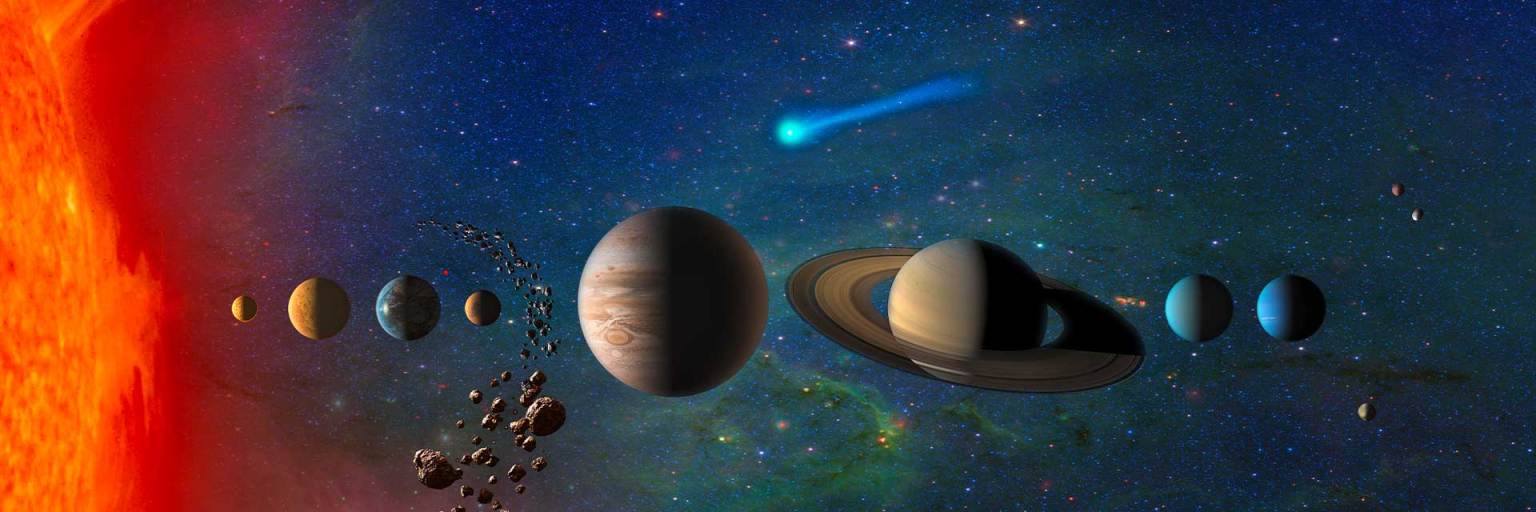Lunar Trailblazer: Unlocking the Moon's Icy Secrets
Where is the Moon’s water, and what form is it in? NASA’s Lunar Trailblazer aims to find out, and the answers could prove essential to future explorers. Led by Caltech in Pasadena, California, operated by the institute’s IPAC, and managed by NASA’s Jet Propulsion Laboratory in Southern California, the small satellite will determine the form, distribution, and abundance of water on the Moon.
Lunar Trailblazer was selected in 2019 as a NASA Small Innovative Missions for Planetary Exploration (SIMPLEx) mission. To maintain the lower overall cost, SIMPLEx missions have a higher risk posture and lighter requirements for oversight and management.
Over the course of its two-year mission, the orbiter will use a pair of state-of-the-art science instruments to produce water, mineral, and temperature maps of the Moon’s surface in the highest-ever resolution —information that will support future robotic and human exploration.
Mission Timeline
- Feb. 26, 2025: Lunar Trailblazer launched from NASA’s Kennedy Space Center in Florida aboard a SpaceX Falcon 9 rocket. It was a rideshare with Intuitive Machines’ IM-2 mission, which is part of NASA’s CLPS (Commercial Lunar Payload Services) initiative.
- Four to 7 months: Duration of Lunar Trailblazer’s cruise phase, depending on the launch day. During this time, the orbiter will follow a low-energy transfer trajectory before arriving in a 60-mile (100-kilometer) polar lunar orbit.
- Two years: Length of cruise phase and science mission. During its science mission, Lunar Trailblazer will make 12 orbits around the Moon a day, observing the surface at a variety of different times of day over the course of the mission.
Key Objectives
- Determine the form and abundance of water on the sunlit side of the Moon
- Measure how the distribution of water changes across the lunar surface over time
- Determine the form and abundance of ice inside permanently shadowed craters — locations that do not receive direct sunlight
- Develop high-resolution temperature maps of the lunar surface and study how temperature affects the distribution of water
- Improve understanding of water cycles on airless bodies in the solar system
Science Instruments
- High-resolution Volatiles and Minerals Moon Mapper (HVM3): The shortwave infrared imaging spectrometer will detect and map the form, abundance, and locations of water on the lunar surface. HVM3 was provided by NASA JPL.
- Lunar Thermal Mapper (LTM): A mid-infrared imager, LTM will precisely map the surface temperature of the Moon in the same regions as HVM3, revealing the thermal properties of the lunar surface and the composition of silicate rocks and soils. LTM was provided by University of Oxford, with funding from the UK Space Agency.
Spacecraft
The spacecraft bus is about the size of a dishwasher. With its two solar panels fully deployed, it is 11.5 feet (3.5 meters) wide. Total mass: approximately 440 pounds (200 kilograms). The spacecraft bus was designed and built by Lockheed Martin Space in Littleton, Colorado, under contract with Caltech.
Mission Operations
Mission operations are run from the Caltech campus, led by Caltech’s IPAC staff and assisted by undergraduate students from Caltech and Pasadena City College. NASA JPL provides mission design and navigation. Lockheed Martin Space provides engineering support.
Mission Partners
The mission’s science investigation is led by Principal Investigator Bethany Ehlmann of Caltech and is driven by National Academies Decadal Study science priorities about the water cycle on airless bodies and NASA’s Moon to Mars objectives. NASA JPL provides overall mission management, systems engineering, and mission assurance. The UK Space Agency provided the Lunar Thermal mapper science instrument and provides science analysis support for the University of Oxford team. The operations team is based at Caltech’s IPAC center. Lockheed Martin Space designed and built the spacecraft and provides engineering support. After launch, Lunar Trailblazer will communicate via NASA’s Deep Space Network, which is managed by NASA JPL. Science co-investigators, and their graduate students and postdocs working science data analysis are located at Johns Hopkins Applied Physics Laboratory, Brown University, Northern Arizona University, University of Central Florida, in addition to Caltech, PCC, NASA JPL, and University of Oxford.
Program Management
Lunar Trailblazer is part of NASA’s Lunar Discovery and Exploration Program, and is managed by the agency’s Planetary Missions Program Office at Marshall Space Flight Center in Huntsville, Alabama, for the agency’s
Science Mission Directorate in Washington.

